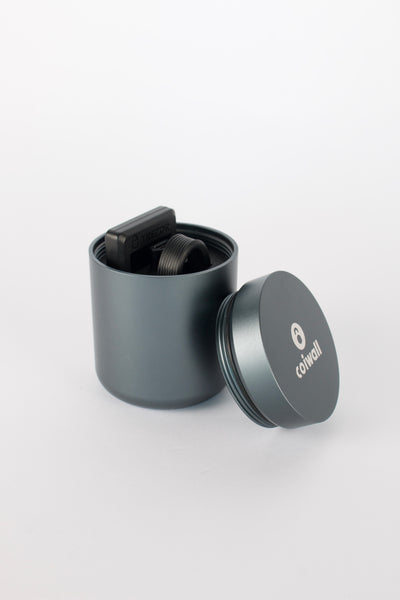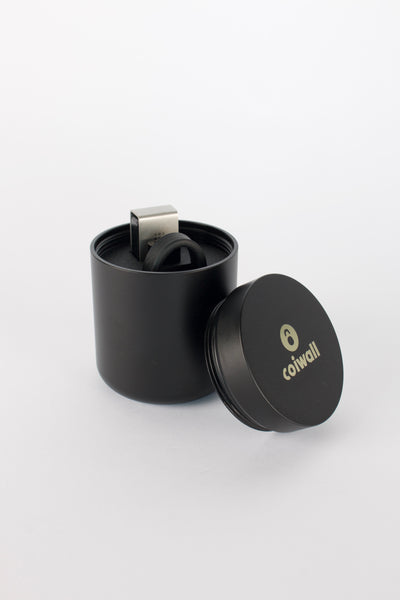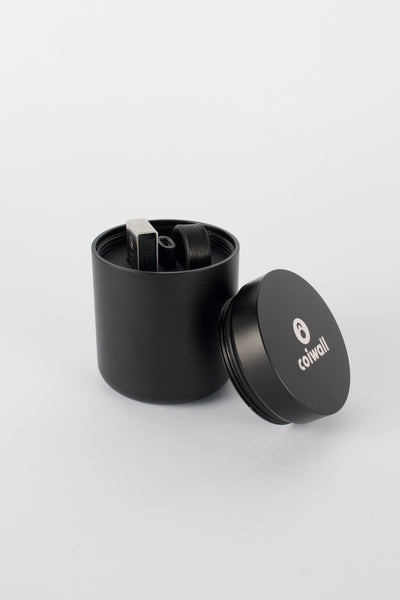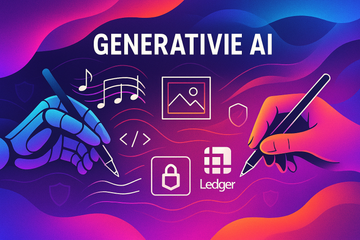Who could’ve guessed a decade ago that computers would be writing poetry, painting landscapes, or even drafting lines of code that work better than some of us on our best Monday morning? Yeah, welcome to the curious, sometimes messy, and always fascinating world of generative AI. If you’ve been noticing sudden bursts of creativity everywhere you look online—from jaw-dropping digital artworks to eerily human-like conversations—it’s not just a trend; it’s generative AI waving hello. So let’s peel back the neon curtain and talk plainly about what makes this tech tick, why everyone’s talking about it, and where it might be heading.
Not Your Average Robot: What Is Generative AI?
Alright, let’s start simple. Generative AI is a subset of artificial intelligence built to create. Instead of just categorizing your selfies or sorting emails, it dreams up new stuff—text, pictures, music, code, you name it. Imagine telling a friend to draw a unicorn riding a motorcycle through Times Square and, poof, they return with a detailed digital painting. Or, better yet, imagine a computer sifting through thousands of lines of cryptocurrency wallet code (yeah, hardware folks, we’re looking at the magic behind Trezor and Ledger) and, instead of just checking for errors, it writes new functionalities or plugs security holes. That’s generative AI in action.
But How Does It Work? Okay, It’s Complicated
Ever heard of neural networks? They’re a bit like a sprawling web of interconnected brains—or maybe that wild spaghetti mess behind your TV. Generative AI models soak up vast bodies of information (like art, articles, or code snippets), learn the patterns and connections, and use those as a kind of digital spark to create new things. The two big names in the toolbox? GANs (Generative Adversarial Networks) and Transformers (think ChatGPT, Bard, or all those fun text generators you see floating around). While this feels like magic, it’s basically fancy math fueled by data and some seriously clever programming.
If you want to imagine it, think of GANs like a competitive art class: one AI student tries to forge the teacher’s painting, while the other tries to spot the fake. Through this tug-of-war, they both get smarter, and the forgeries—well, they start looking pretty convincing.
Why Is Everyone Buzzing About Generative AI?
Let’s get real for a second: there’s a lot of hype. But most of it’s warranted. For starters, generative AI is turbocharging creative work and making the rest of us wonder whether we should bother dusting off our old Photoshop skills. Here’s what’s got folks talking:
- Creativity on Demand. Need a song or a quirky Twitter bot? Pop in some prompts, and the AI delivers.
- Smarter Automation. From fancy crypto wallet interfaces to customer support chatbots that don’t sound like robots from the ‘90s, things are slicker and more personalized.
- Code Generation. Developers are shocked (okay, a little spooked) by how these models write, review, and sometimes even improve software. Security patches, random QR code generators, or even hardware wallet firmware are fair game.
- Data Security and Wallets. Good news for the crypto community—AI models can spot odd patterns or vulnerabilities in cold storage wallets from industry players like Trezor or Ledger.
Here’s another angle: people working in creative fields—writers, designers, musicians—are teaming up with these tools and doubling their creative output. It’s less a matter of AI replacing humans and more about wild collaborations, at least for now.
But Wait, Could Generative AI Get Us Into Trouble?
You know what? For every brilliant breakthrough, there’s always a wrinkle. The rise of generative AI has sparked some genuine (and not-so-genuine) worries.
- Deepfakes and Misinformation. Not every AI-generated photo or audio clip is fun. We’ve all seen stories of deepfakes making their rounds.
- Copyright Tangos. If a machine learns from existing art or text, who owns the remix it creates? This is where lawyers start circling like sharks at feeding time.
- Bias and Ethics. Imagine your AI wallet advisor favoring one crypto token over another based on biased training data. That’s a rabbit hole.
But the key here? Awareness and responsible use. Just like you wouldn’t hand over your wallet PIN to a stranger (especially in crypto!), you’ve got to think twice about how you use, share, or trust AI outputs. Even hardware wallet companies like Ledger and Trezor are starting to think about what AI-generated attacks might look like, so the circle keeps widening.
Crypto Hardware Wallets and Generative AI: A Strange but Useful Pair
You wouldn’t naturally link an AI that writes poetry to a Trezor wallet stuffed with Bitcoin, but here’s the twist: AI is being used to create safer, more user-friendly hardware wallets. Engineers are tapping into generative models to design secure firmware, hunt for bugs, and simulate attack scenarios that, frankly, humans would never dream up.
Let me explain. The world of crypto moves fast—one glitch in a firmware update and wallets can be compromised. AI can quickly comb through reams of code, flag vulnerabilities, and even suggest patches. It’s like having a hyper-vigilant security guard staring at your digital lockbox night and day. Plus, customer service bots powered by generative AI can explain blockchain concepts in plain English, which helps when you just need a straight answer at 2 AM in your pajamas.
Generative AI in the Real World: It’s Already Here
Sometimes, talking about AI feels abstract. But step back and check your phone. If you’ve ever used predictive text, asked your smart speaker a weird trivia question, or uploaded a selfie and seen a background magically shift, that’s generative tech working its magic. Need stock photos or professional headshots but don’t want to pose awkwardly? AI-driven image tools are making those, too. Coders rely on AI pair programmers, artists rely on AI sketch assistants, and crypto wallet firms rely on AI scrutiny to double-check their newest product releases.
You may have even chuckled at AI-generated memes or stories shared around the latest trend, say, a curious crossover between pop stars and famous cryptocurrencies. AI’s way of blending humor and cultural references makes it feel—surprisingly—human.
So, Is Generative AI All Hype?
Let’s be blunt: it’s not perfect. Sometimes AI hallucinates, making up facts or drawing six-fingered hands. It still lacks a gut feeling or moral compass (unless you count what’s programmed into it). But that’s just part of the story. The rapid progress and expanding reach of generative AI make it a force worth watching, not just for its technical feats but its creative quirks, too.
As far as the future goes, keep an eye on the intersection of AI and crypto hardware security—places like Trezor or Ledger. The blend of top-tier cryptography and adaptable AI might become the next safeguard standard. And who knows, maybe your next wallet update will be quietly powered by AI watching over your coins like a digital guardian angel.
So, if you’re finding it a little unsettling—or maybe just incredibly cool—that machines are now helping us create, protect, and imagine, don’t worry. You’re not alone. It’s a wild ride, and we’re all in the front seat, white-knuckled and grinning just a bit, wondering what these machines will dream up next.











